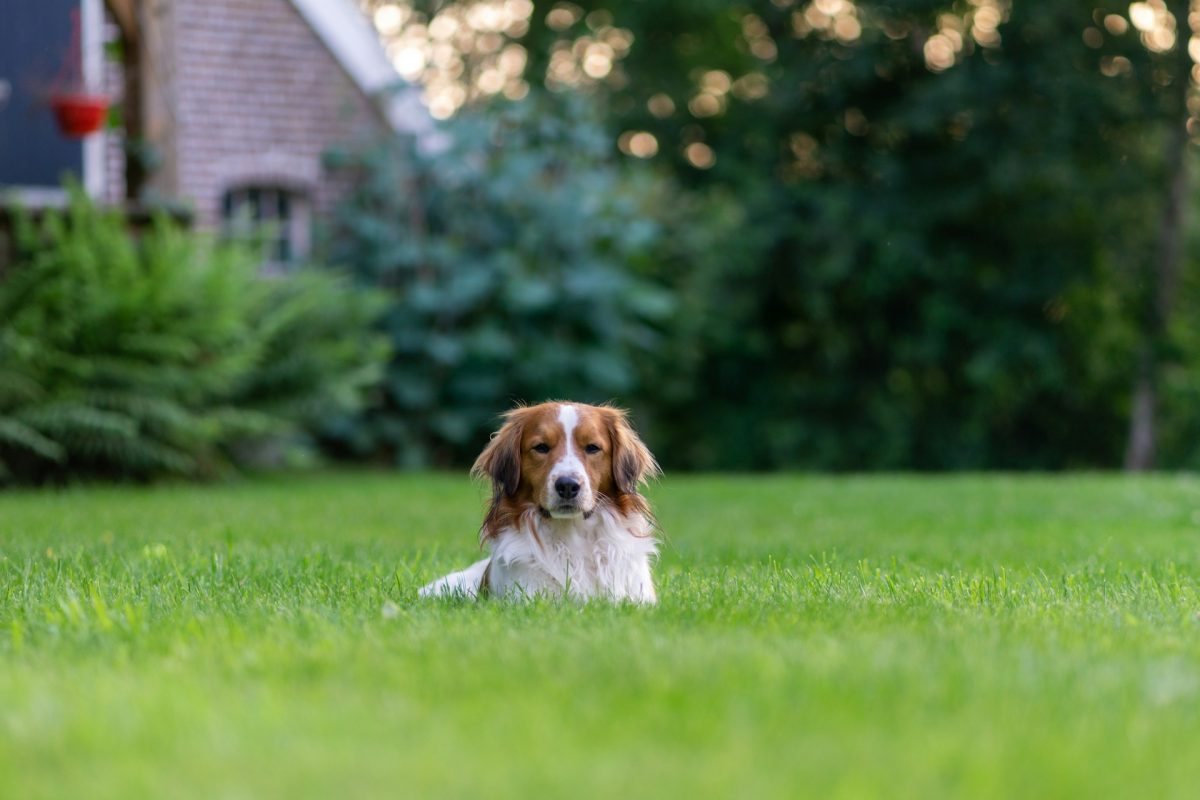Training your dog to take a bow is not only an adorable trick that can add a touch of flair to any performance, but it’s also a great way to stretch and strengthen the bond between you and your pet. This gesture, where your dog lowers their front body while keeping their rear end up, mimics a bowing motion and is often used as a grand finale to a series of tricks. Here’s a step-by-step guide on how to teach your dog this charming trick.
Understanding the Basics
Before starting, it’s essential to have a clear training plan. Training your dog to take a bow is relatively simple and can be taught to dogs of all ages and sizes. It requires patience, consistency, and positive reinforcement. Ensure your dog is comfortable and familiar with basic commands like “sit” and “stay,” as these will make the learning process smoother.
Step 1: Choose the Right Reward
Identify what motivates your dog the most. Whether it’s a favorite treat, a toy, or verbal praise, using the right reward is crucial for successful training. High-value treats are especially effective in capturing your dog’s attention and encouraging them to perform.
Step 2: Getting Into Position
Start with your dog standing. Hold a treat close to your dog’s nose to get their attention, then slowly lower it between their front legs. The goal is to encourage your dog to lower their chest to the ground while keeping their rear end up. As soon as they achieve this position, even slightly, reward them with the treat and praise.
Step 3: Adding the Command
Once your dog starts to understand the motion, it’s time to introduce the command. As you lower the treat between their legs, say “Take a bow” or any other phrase you’d like to use. It’s important to be consistent with your command to avoid confusing your dog.
Step 4: Practice and Patience
Like any trick, mastering “take a bow” requires practice. Repeat the steps several times in short, focused training sessions. Keep the mood positive and end each session on a high note to ensure your dog associates the trick with a positive experience.
Step 5: Fading the Lure
As your dog becomes more comfortable with the trick, start to gradually fade out the lure. Perform the hand motion without the treat, using only the verbal command. Continue to reward your dog after they successfully complete the trick.
Step 6: Polishing the Trick
To refine the trick, work on getting your dog to hold the bow position longer before rewarding them. You can also start practicing in different environments and adding distractions to ensure your dog can perform the trick reliably, no matter the setting.
Common Training Challenges
Dog lies down instead of bowing: If your dog tends to lie down completely, you may be holding the treat too low or too far back. Try keeping the treat closer to their front paws.
Dog doesn’t lower front end: If your dog isn’t lowering their front end, the treat may not be enticing enough, or you might not be moving it slowly enough. Make sure to use high-value treats and move your hand gradually.
Lack of interest: If your dog shows a lack of interest, the training sessions may be too long or the rewards not motivating enough. Keep sessions short and engaging, and use a variety of rewards.
Training your dog to take a bow is a delightful way to enhance your repertoire of tricks. It’s not only an impressive skill but also a fun way to engage and bond with your dog. With patience, consistency, and positive reinforcement, your dog will be taking a bow in no time.



